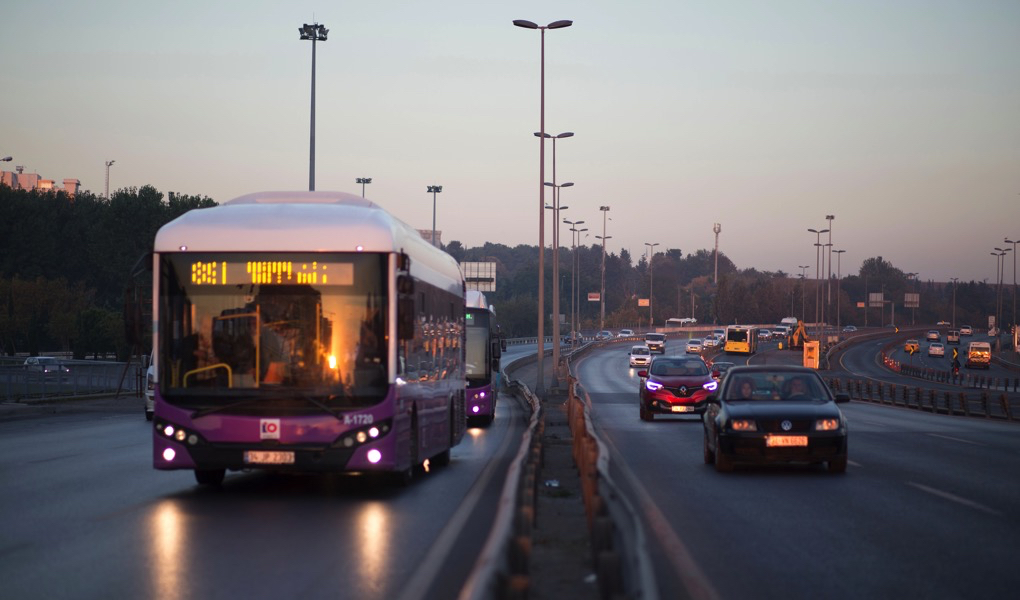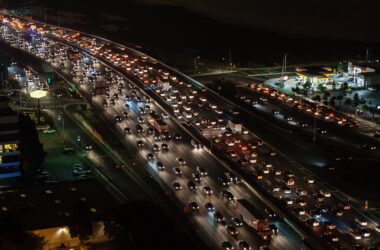Apple, after laying off and restructuring its secret self-driving car team, is still in the game, albeit sounding more as a partnership with existing car companies. Google spun out its own self-driving car initiative into Waymo, and is also looking to partner with someone else to bring its technology to the commercial markets. Uber is testing its autonomous system, though with close partnerships with Ford and Volvo. In fact, Tesla is really the only tech company left that controls the “full stack” of the automotive, hardware and software.
I had a brief discussion on Twitter with the ever-thoughtful Marc Bodnick about what this means. As a software and technology guy, I want to see the likes of Google and Apple rebuild cars and our concept of transportation in “our” way, complete with user-friendly interfaces, rapid iteration, clean-running vehicles, and grander transportation network optimizations that only avail themselves through software. Cars and transportation are to be the next industry to be touched and forever altered by technology.
But. Tech companies want to treat cars like smartphones, and own the entire stack from the onset. And it turns out that building cars is a bit harder than building phones1.
Tesla Motors has really been the only car company that has started and not failed in the 21st century; every other car maker has its roots firm within the 20th and thus draws on decades of manufacturing experience. Even then, Tesla’s survival has been unique: it’s blessed with a charismatic and rich CEO who invested his own fortunes into the company, and lucked out by acquiring a modern auto plant for cheap. Their product roadmap — assuming the Model 3 comes out anywhere close to its supposed ship date — is a decade and a half long, and the capital needed to make this happen required private funding, government loans, a public offering, and likely another round of debt financing before the actual mass-market car model is available.
All of that is to say that this scale is impossible for startups (which, by traditional VC timelines, only have a 10-year horizon max), and now has proven to be untenable for most publicly-traded companies, even two of richest in history. The flashy car concepts that have recently sprung up look cool, but are insubstantial until they show they have more than just money to bootstrap the process2.
Meanwhile, it’s not as if car manufacturers have been hanging around denying the importance of software in their primary products. This is where the relatively inexpensive and rapid nature of software benefits the incumbents: they can spend less time and money to buy or build up their software competencies. Nokia’s Here mapping division cost $3 billion, and using Apple Maps as a measuring stick, it takes anywhere from 4–6 years to build a decent mapping system from scratch. By the same token, Volvo has been pushing its self-driving car technology, and Ford is investing in talent by opening offices right next to the big tech companies. These automakers already own the design, manufacturing, and distribution3 of vehicles; building better software is an augmentation of their core strategies, but one that is entirely feasible when software itself moves so quickly.
Given all this complexity, expect partnerships to be the primary means of progress for the future of transportation. Only when there’s momentum in one of these programs will companies start to invest real time and money to subsume their partner’s core competencies; think Apple’s timeline for making their own A-series iOS chipsets.
The notable exception to this will be Tesla: they’re the only player that can credibly claim to have built out and own the full automotive stack, which gives them the ability to chase user experiences that others cannot copy. It remains to be seen whether initiatives like direct-to-customer sales and a dense Supercharger network4 make enough of a difference, which — since they’re best positioned to execute on wholly different ideas — will then determine the success of future ideas like permanent car sharing.
Which is the exact opposite take I had a year ago.↩
And even then, the amount to build the initial car is just a drop in the bucket of what’s actually needed to bring something to production, as Le Eco is finding out.↩
Admittedly, distribution here is intermediated by networks of independent car dealerships.↩
Which won’t be free for the mass market Model 3.↩




